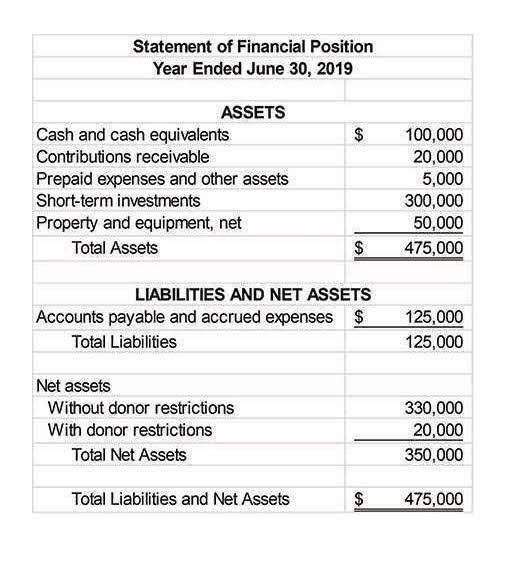14 1: Retained Earnings- Entries and Statements Business LibreTexts

The par value of a stock is the minimum value of each share as determined by the company at issuance. If a share is issued with a par value of $1 but sells for $30, the additional paid-in capital for that share is $29. As a result, any factors that affect net income, causing an increase or a decrease, will also ultimately affect RE.
Retained earnings in simple terms
Retained earnings normally have a credit balance, indicating accumulated profits. Revenue, sometimes referred to as gross sales, affects retained earnings since any increases in revenue through sales and investments boost profits or net income. As a result of higher net income, more money is allocated to retained earnings after any money spent on debt reduction, business investment, or dividends. Retained earnings are the cumulative net earnings or profits a company keeps after paying dividends to shareholders. Dividends are the last financial obligations paid by a company during a period.
- Try Wafeq, the advanced electronic accounting and invoicing system, and join the thousands of business owners who use our integrated system.
- When companies declare dividends, the amount is deducted from their retained earnings.
- Retained earnings are therefore an accounting entry which acts as a reserve for unallocated earnings, pending arbitration.
- Shareholder equity represents the amount left over for shareholders if a company pays off all of its liabilities.
- The statement of retained earnings shows whether the company had more net income than the dividends it declared.
- Although each account has a normal balance in practice it is possible for any account to have either a debit or a credit balance depending on the bookkeeping entries made.
Year END Closing Entries
Even though some refer to retained earnings appropriations as retained earnings reserves, using the term reserves is discouraged. When a company makes a profit at the end of its financial year, its shareholders may decide to allocate part of the profit to retained earnings. Above example shows the debit balance in the cash account (By Balance c/d) which is shown on the credit side. A https://www.bookstime.com/what-is-bookkeeping record in the general ledger that is used to collect and store similar information. For example, a company will have a Cash account in which every transaction involving cash is recorded.
Do you put retained earnings on an income statement?
Retained earnings represent the cumulative profits the company has kept after distributing dividends to shareholders. Retained earnings are recorded under the shareholders’ equity section of the balance sheet. They reflect the cumulative profits retained by the company over time, minus any dividends distributed to shareholders. At the end of each accounting period, net income (or loss) is transferred from the income statement to the retained earnings account through a closing entry. The retained earnings are reported on the company’s balance sheet under its stockholder’s equity section. This amount is usually held in a reserve by the company and could be used to increase the company’s asset base or reduce some of its liabilities.

Revenue is income that arises in the course of the ordinary activities of an entity and is referred to by a variety of names including sales, fees, interest, dividends, royalties and rent. Comprehensive income excludes owner-caused changes in equity, such as the sale of stock or purchase of Treasury shares. Welcome to AccountingJournalEntries.com, your ultimate resource for mastering journal entries in accounting. Enhance your accounting skills and knowledge with our comprehensive resources tailored for professionals and students alike.

Retained earnings are essentially the accumulated profits of a company that have not been distributed to its shareholders in the form of dividends. Instead, they have been reinvested back into the business for various purposes such as expansion, research and development, or debt repayment. Retained earnings are not considered to be an asset, but they can be used to purchase assets or reduce liabilities. It is important to note that changes in retained earnings are included in the statement of changes in equity, which shows the movement of equity accounts over a period of time.
Pertinent Facts Relating to Debits and Credits

This is logical since the revenue accounts have credit balances and expense accounts have debit balances. If the balance gross vs net in the Retained Earnings account has a debit balance, this negative amount of retained earnings may be described as deficit or accumulated deficit. Journal entries for retained earnings are made when the company transfers its net income to the income summary account and when dividends are paid out.

Above example shows credit balance in creditor’s does retained earnings have a credit balance account (To Balance c/d) which is shown on the debit side. Therefore, always consult with accounting and tax professionals for assistance with your specific circumstances. The general ledger accounts that are not permanent accounts are referred to as temporary accounts.
Adresa
Hotel Korsal
Šetalište Frana Kršinića 80
20260 Korčula, Hrvatska-

-

Kontakt
Telefon: +385 20 715 722
E-mail: info@hotel-korsal.com

